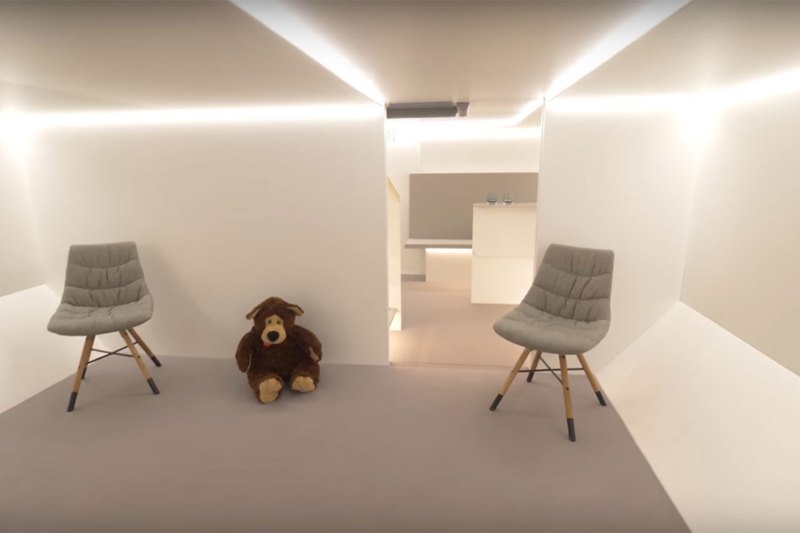
Scoring a fold-flat bed is the pinnacle of luxury when you’re forced to endure a long-haul flight. But how far would you go to be able to lie down en route? How about snoozing in the airplane cargo hold? That’s exactly what Airbus is proposing, and a surprising number of airlines and passengers are on board with the idea.
The concept is simple: many planes fly with unused space in their cargo holds. By integrating sleep pods into this otherwise wasted space, air passengers who wouldn’t typically have the luxury of in-flight napping will now have a place to crash (sorry). The beds will be sold as an add-on. Passengers will secure a standard seat in their cabin of choice but have the option to upgrade to a 100-percent flat bed in the cargo hold. They’ll move freely between their seat and bed via a private staircase.

If you’re imagining sleeping amid piles of luggage and crated house pets, the initial mockups from Airbus paint a decidedly more luxurious picture. The atmosphere appears something like the efficient “pod hotel” capsules popularized in Japan and by brands like YOTEL. Bunk beds line either side of a crisp, white hallway adorned with shelving, lounge seating areas, and ultra-modern ambient lighting. Early concepts include the flexibility to change the pod configuration to suit larger families, emergency medical needs, or even in-flight business meetings.

There are currently more than 1,250 A330s in use by the world’s largest international air carriers, including Delta, Etihad Airways, Lufthansa, and Air China. Airbus promises that because it’s relatively easy to retrofit the cargo holds of existing planes with these pods, the process of upgrading entire fleets could happen very quickly. From the airlines’ perspective, they’ll be able to swap the pods out based on a specific plane’s route and needs. For shorter flights, it makes more sense to utilize the space for cargo, while passengers aboard long-haul flights will likely be willing to pay for the upgrade. Considering today’s longest-haul flights can last nearly 18 hours, this radical idea may be among the best the airline industry has had in a while.

The final design, pricing, and other details are still in the works. It remains to be seen whether passengers will need to reserve the pods in advance or be able to upgrade mid-flight. The first “cargo hold suites” are expected to roll out sometime in 2020.



